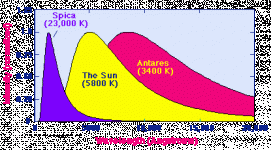So we're still on the long skinny heat sink and it's a good thing that I'm not in a hurry.
Check out the datasheet.
http://www.cree.com/led-components-... Modules/XLamp/Data and Binning/XLampXPE2.pdf
I'm thinking cw/ww alternating.
Comments???
Consider ww cw nw, max of 2: 1: 2







